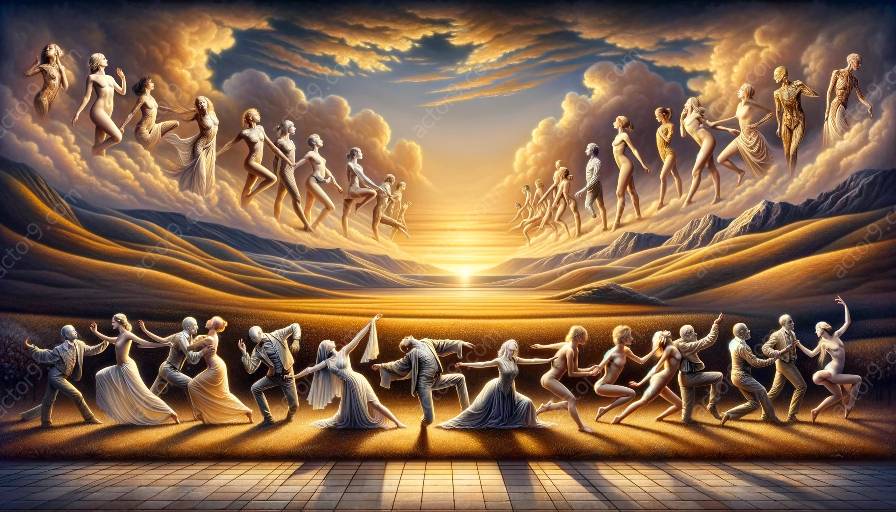Body language plays a crucial role in theatrical performances, and its expression varies significantly across diverse regions and styles. This comprehensive exploration delves into the nuances of body language in different theatrical genres and its relevance to body language analysis and physical theatre.
Understanding Body Language in Theatrical Styles
Body Language in Western Theatre: In Western theatre, body language often emphasizes naturalistic gestures, facial expressions, and movement to convey emotions and intentions. The physicality of characters is intricately linked with the psychological aspects of their portrayal.
Body Language in Eastern Theatre: Theatrical styles in Eastern regions, such as traditional Japanese Noh or Chinese Opera, incorporate highly stylized and symbolic gestures. These performances rely on precise movements and postures to convey emotions and narratives, requiring actors to master meticulous control over their bodies.
Body Language in Indian Classical Dance-Drama: Indian classical dance-drama forms, like Bharatanatyam and Kathakali, incorporate intricate hand gestures, facial expressions, and body movements known as mudras. These gestures are integral to conveying the storyline and emotions through a rich vocabulary of physical expressions.
Significance of Body Language Analysis
Interpreting Cultural Context: Analyzing body language in theatrical performances allows a deeper understanding of cultural influences on expressive movements. Each culture’s unique norms and traditions shape the body language displayed on stage, reflecting broader societal values and beliefs.
Emotional Communication: Body language analysis in theatre offers insight into how actors effectively communicate emotions non-verbally. It provides a framework for understanding the subtleties of physical actions, postures, and facial expressions in conveying complex emotions and motivations.
Characterization and Storytelling: Body language analysis enables a closer examination of how different theatrical styles utilize physicality to build characters and narrate stories. It unveils the symbolic significance of gestures and movements in portraying diverse characters and cultural narratives.
Intersection with Physical Theatre
Integration of Body Language and Movement: In physical theatre, the exploration of body language goes beyond verbal communication, focusing on the expressive potential of movement, gesture, and physicality. It intertwines elements of traditional theatre with heightened physical expression to convey narratives and emotions.
Embodying Theatrical Styles: Physical theatre often incorporates diverse cultural and regional body language conventions to create compelling performances. It embraces the varying styles of body language, seamlessly integrating them into an expressive physical language that transcends cultural boundaries.
Training and Technique: Understanding the differences in body language across regions and theatrical styles is essential in the training of physical theatre practitioners. It equips performers with the knowledge to embody diverse characters and narratives effectively, enriching their physical vocabulary and expressive capabilities.




































